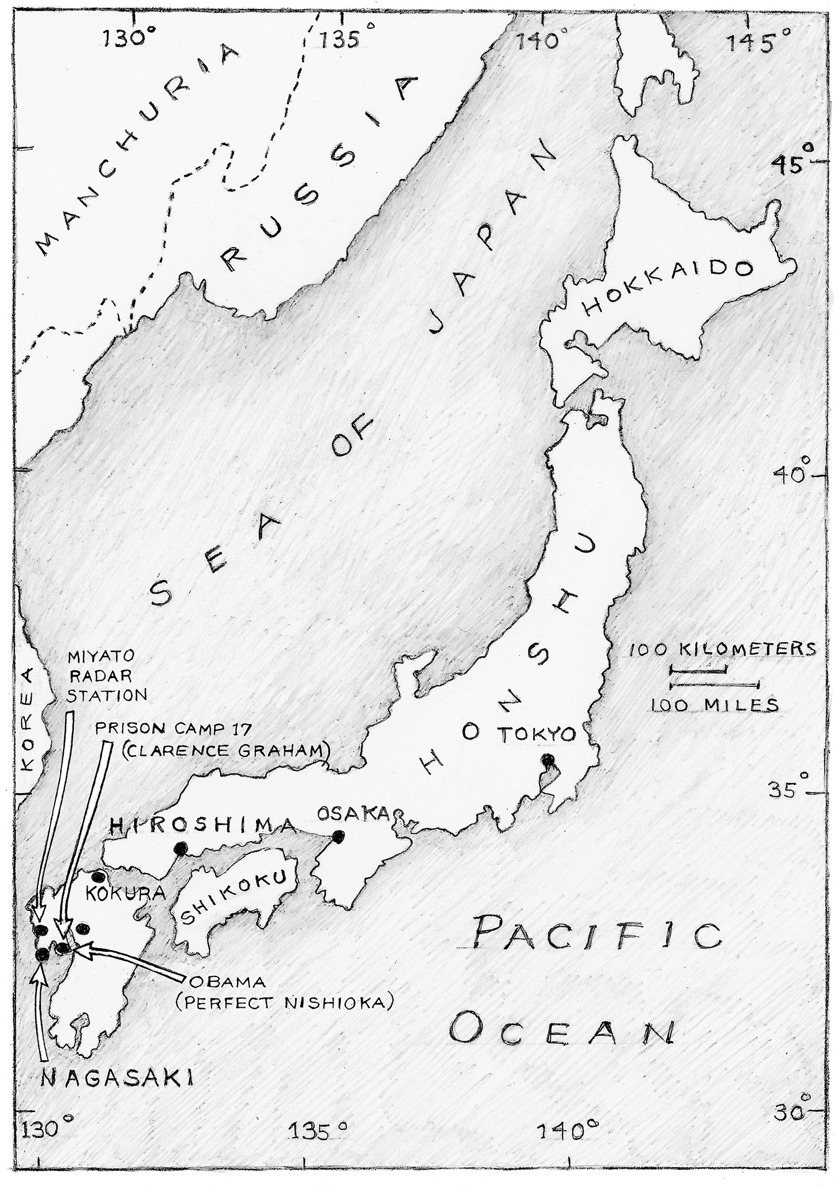Praise for the Previous Edition
Sober and authoritative: This is gleaming, popular wartime history, John Hersey infused with Richard Preston and a fleck of Michael Crichton.... [Pellegrino] certainly studies every kind of fallout and does not neglect the spiritual variety. He writes about one doctor who recalled that, Those who survived the atomic bomb were, in general, the people who ignored others crying out in extremis or who stayed away from the flames, even when patients and colleagues shrieked from within them.... In short, those who survived the bomb were, if not merely lucky, in a greater or lesser degree selfish, self-centeredguided by instinct and not by civilization. And we know it, we who have survived.
New York Times
The tragedies and atrocities of World War II now belong to history, while Hiroshima is still part of our world, our continuing present, maybe our dreaded future.... Charles Pellegrinos account about what it was actually like to be on the ground in both Hiroshima and Nagasaki, culled from survivors memories and his own work in forensic archaeology, is the most powerful and detailed I have ever read. It puts flesh on the skeletons.... This book offers more than just effective popular history. It is a kind of reminder. We have now lived long enough with the bomb to begin to take it for granted. [As] nations join an expanding nuclear club, we are in danger, as MacArthurs committee was, of thinking of nuclear weapons as nothing but more sophisticated bows and arrows. [This book] gives us, instead, a glimpse of their horror. It makes us afraid again. As we should be.
Washington Post
A tragic cautionary tale as well as a celebration of human resilience.
People Magazine
Heart-stopping. Pellegrino dissects the complex political and military strategies that went into the atomic detonations and the untold suffering heaped upon countless Japanese civilians, weaving all of the books many elements into a wise, informed protest against any further use of these terrible weapons.
Publishers Weekly (Starred Review)
Pellegrino here chronicles historys most destructive attack by human beings on others of their species.... The author includes stories of instant and total devastationpeople vaporizing, buildings disappearingand improbable survivals and bizarre effects: permanent human shadows cast onto walls; a teacher whose face bore the imprint of a students writing she was examining when the flash came; a man whose eye problems were cured, another whose cancer went into remission.... Enormously painful to read, but absolutely essential to do so.
Kirkus (Starred Review)
The train of the title was bound for Nagasaki: thirty survivors of the Hiroshima bombing fled there, only to run straight into a second catastrophe. Pellegrinos account is full of such terrible ironieswhich he describes with a lucid, almost lyrical precision.
Time Magazine (Pick of the Week)
A frightening, grim, yet fascinating examination of the nuclear attacks on Japan.... This is shocking, well-written, and will counter the oft-expressed opinion that [nuclear bombs] are just another weapon.
Booklist
To Hell and Back
[Illustration: Patricia Wynne]
To Hell and Back
The Last Train from Hiroshima
Charles Pellegrino
ROWMAN & LITTLEFIELD
Lanham Boulder New York London
Published by Rowman & Littlefield
A wholly owned subsidiary of The Rowman & Littlefield Publishing Group, Inc.
4501 Forbes Boulevard, Suite 200, Lanham, Maryland 20706
www.rowman.com
Unit A, Whitacre Mews, 26-34 Stannary Street, London SE11 4AB
Distributed by NATIONAL BOOK NETWORK
Copyright 2015 by Rowman & Littlefield
All rights reserved . No part of this book may be reproduced in any form or by any electronic or mechanical means, including information storage and retrieval systems, without written permission from the publisher, except by a reviewer who may quote passages in a review.
British Library Cataloguing in Publication Information Available
Library of Congress Cataloging-in-Publication Data
Pellegrino, Charles R.
[Last train from Hiroshima]
To hell and back : the last train from Hiroshima / Charles Pellegrino.
pages cm. (Asia/Pacific/perspectives)
Originally published under title: The last train from Hiroshima. New York : Henry Holt and Co., 2010.
Includes bibliographical references and index.
ISBN 978-1-4422-5058-1 (cloth : alk. paper) ISBN 978-1-4422-5059-8 (electronic) 1. Hiroshima-shi (Japan)HistoryBombardment, 1945Personal narratives, Japanese. 2. Atomic bomb victimsJapanHiroshima-shiBiography. 3. Hiroshima-shi (Japan)Biography. 4. Atomic bombSocial aspectsJapanHiroshima-shiHistory20th century. 5. World War, 1939-1945JapanHiroshima-shi. 6. Forensic archaeologyJapanHiroshima-shi. 7. Hiroshima-shi (Japan)HistoryBombardment, 1945. I. Title.
D767.25.H6P45 2015
940.54'2521954092dc23
2015014341
 The paper used in this publication meets the minimum requirements of American National Standard for Information SciencesPermanence of Paper for Printed Library Materials, ANSI/NISO Z39.48-1992.
The paper used in this publication meets the minimum requirements of American National Standard for Information SciencesPermanence of Paper for Printed Library Materials, ANSI/NISO Z39.48-1992.
Printed in the United States of America
To Tomorrows Child
Contents
[Illustration: Patricia Wynne]
Preface
Mark Selden
C harles Pellegrinos riveting book chronicles the atomic bombing through the voices and lives of its survivors as it has never been told before. To Hell and Back captures the terror of the bombing from the perspective of the hibakusha , their torment suffered down to the present, and their continuing roles as emissaries for peace and reconciliation. Pellegrino combines cinematic eloquence and clarity with scientific rigor to reveal why some, even those close to the hypocenter, survived while others died instantly.
The author does not address the geostrategic issues of great power conflict and presidential decision-making that have been the staple of long-running debate among historians and remain contested today: the decision to unleash the bomb on Hiroshima and Nagasaki and the bombing of civilians; the number of lives lost (or saved); the role of the bombs in ending the Second World War; the legacy of that moment in subsequent Soviet-American and global conflict and contemporary threats of nuclear proliferation. Pellegrino never strays from his singular mission of chronicling the lives of ordinary and extraordinary people before and after the bomb, and the fates that sometimes intertwined their lives. His work invites comparison with the writings of Japanese poets, novelists, and ordinary citizens who recorded the bombing and whose words continue to inspire advocates of a peaceful future free from the threat of nuclear weapons. As primary school student Sakamoto Hatsumi wrote,
When the atomic bomb drops
day turns into night
people turn into ghosts.
To Hell and Back implicitly encourages us to reflect anew on the ethics and horrifying outcome of World War II strategies of massive civilian bombing, whether by Germany, Japan, or England, or by American fire-bombing of German and Japanese cities and the atomic bombing of Hiroshima and Nagasaki, strategies that have continued with ever-greater technological sophistication during wars in Korea, Vietnam, Iraq, Afghanistan, and elsewhere to the present. And, though horrifying to recall, we know that todays hydrogen bombs have the capacity to destroy on a scale far greater than the Hiroshima and Nagasaki weapons that obliterated those cities in a flash.
Next page
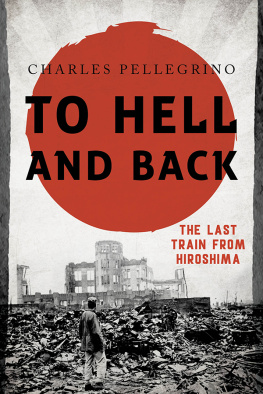
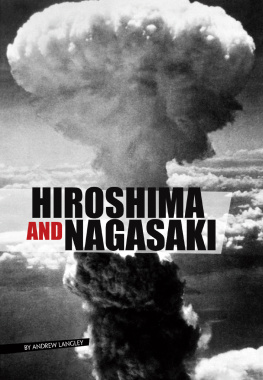

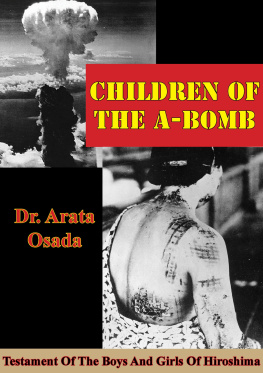
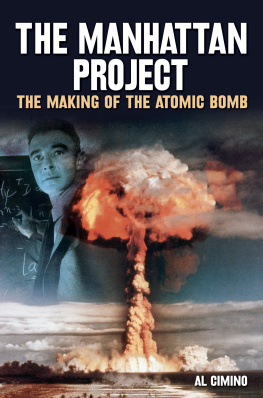
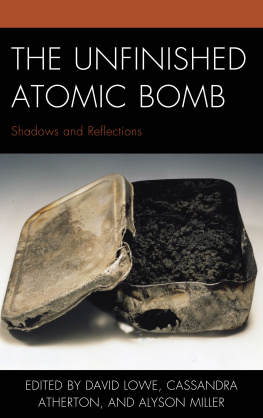
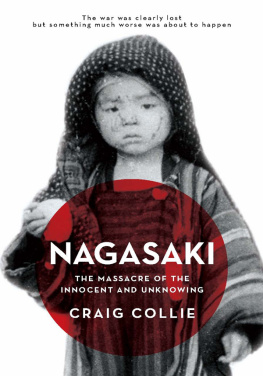
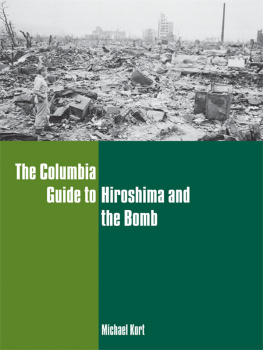
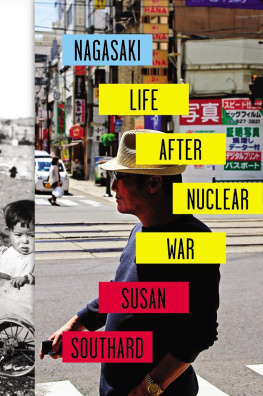

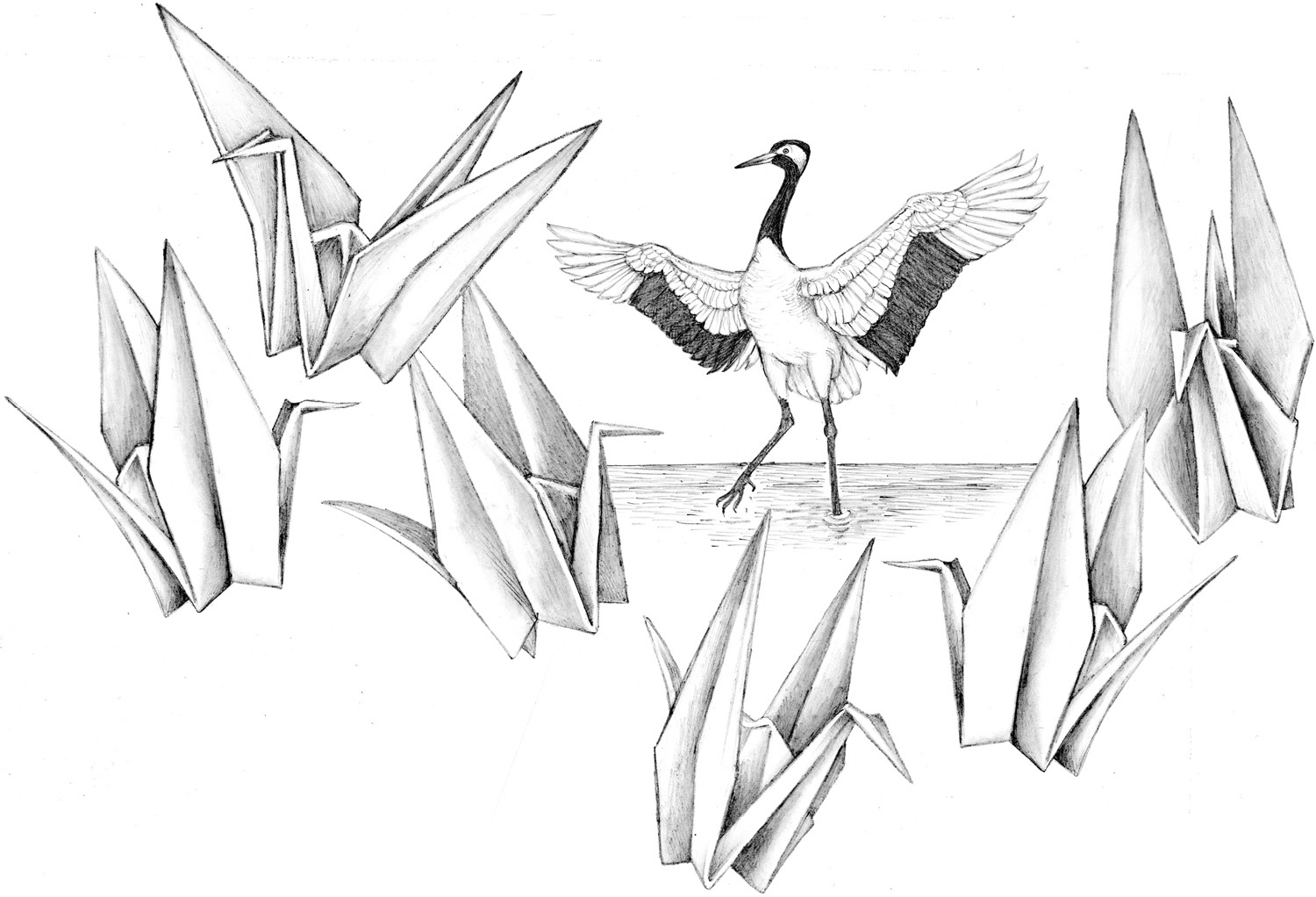
 The paper used in this publication meets the minimum requirements of American National Standard for Information SciencesPermanence of Paper for Printed Library Materials, ANSI/NISO Z39.48-1992.
The paper used in this publication meets the minimum requirements of American National Standard for Information SciencesPermanence of Paper for Printed Library Materials, ANSI/NISO Z39.48-1992.